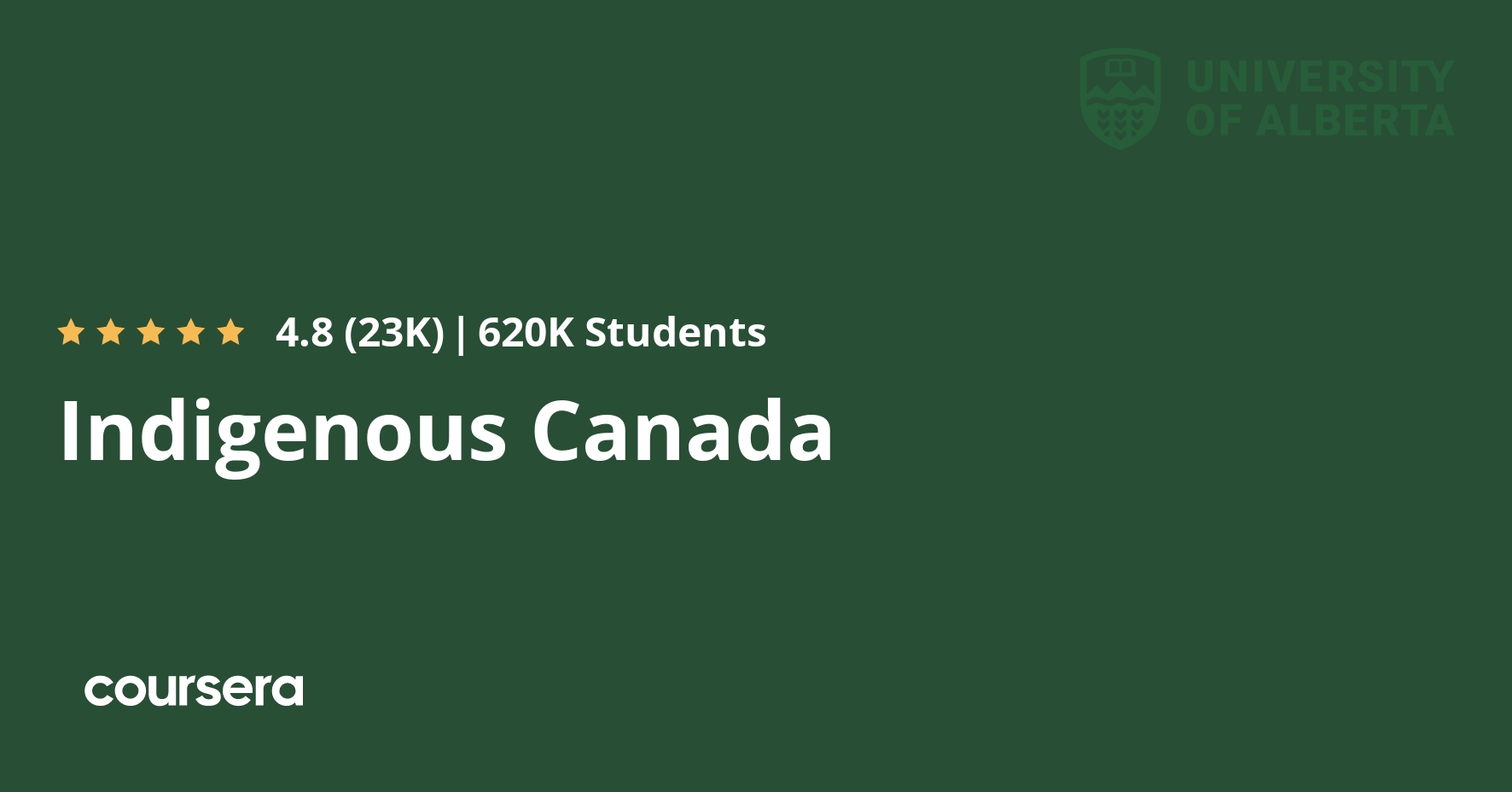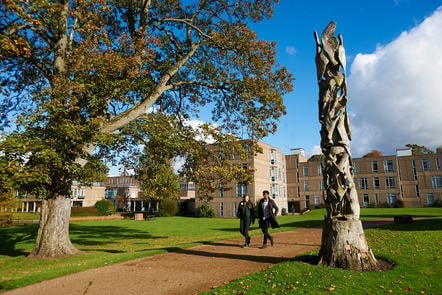Description
In this course, you will :
- Explore history through the eyes of Indigenous peoples, such as the Inuit, Nehiyawak, Kanien:keha'ka, and Tlingit.
- Examine the historical events of European contact as well as the events leading up to and during the fur trade.
- Investigates the long-term social, political, and economic consequences of the fur trade on Indigenous peoples.
- Examines the perspectives of Indigenous and settler peoples on treaty making. Discusses the differences in treaties in Canada as well as the particular circumstances surrounding these occurrences.
- Examines the consequences of measures implemented when British North America strove to consolidate itself geographically and socially.
- Investigates the ways in which the Indian Act aided in assimilation.
- explores the growing resistance of Indigenous leaders and the establishment of Indigenous-led organizations as the Canadian government used measures to facilitate the assimilation of Aboriginal peoples and communities into mainstream society, particularly in relation to urbanization.
- Learn about the key features of a few diverse Indigenous political systems, as well as the effects of colonialism on these structures (e.g., Indian Act, Red Power/AIM, White Paper, Red Paper - Citizens Plus). Self-government, self-determination, and Indigenous resurgence are among the concepts examined.
- Describe how social and environmental action can be used to mobilize and build communities.
- The Oka Crisis, Idle No More, and Missing and Murdered Indigenous Women and Girls are examples of grassroots resistance movements.
Syllabus:
- Worldview
- Fur Trade
- Trick or Treaty
- New Rules, New Game
- “Killing the Indian in the Child”
- A Modern Indian?
- Red Power
- Sovereign Lands
- Indigenous Women
- Indigenous in the City
- Current Social Movements
- ‘Living’ Traditions – Expressions in Pop Culture and Art









